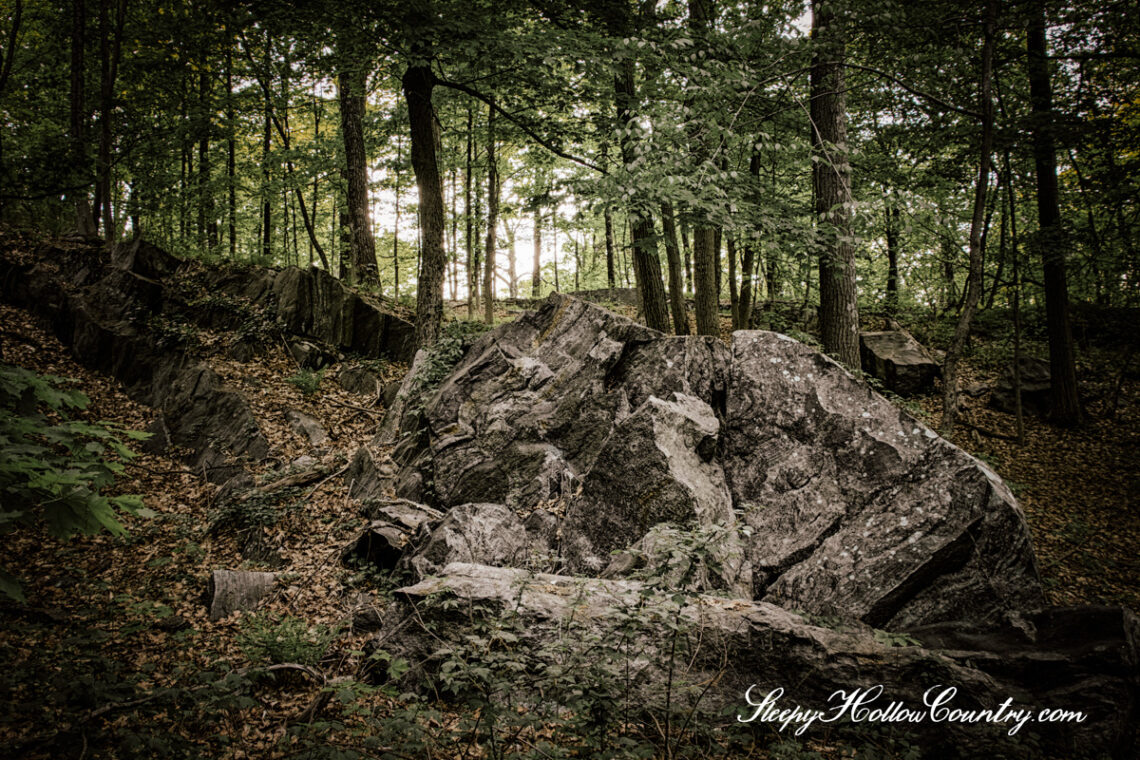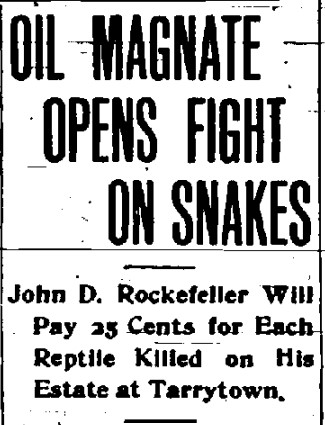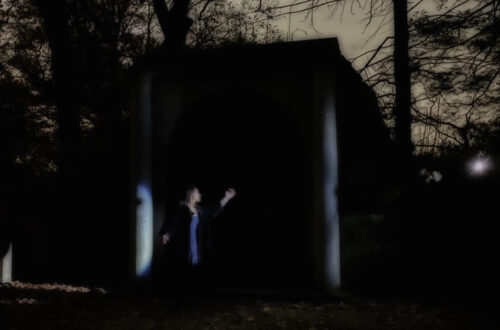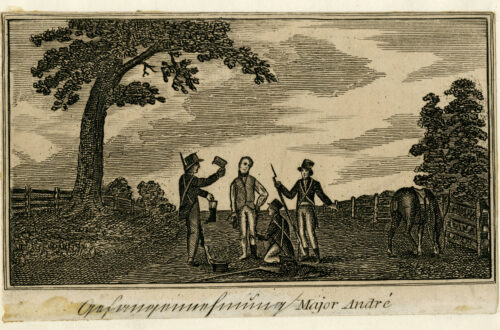
Rockefeller’s War on Snakes
“I will pay 25-cents for each snake killed on my estate. I desire to rid my land of these reptiles, and any one may enter the war of extermination.” JOHN D. ROCKEFELLER
-The New York Times, June 12 1906.
John D. Rockefeller declared war. A war on snakes. Reportedly afraid of the reptiles since his youth and unable to walk safely in portions of his estate, there had been no other explanation given for the public announcement of the need to exterminate the snakes on his large estate in Pocantico Hills, particularly the Buttermilk Hill area which is “the wildest in the county.”
For weeks following the proclamation of war, many a school lad and man clambered the hills and crevices of Rockefellers estates, killing snakes and turning them over to the superintendent for 25 cents apiece. The residents and neighbors in the area also seemed pleased about this mass extermination, as the danger of snake bites was plentiful and deadly. It would be a summer of snakes and by fall they would be permanently absent from the region of Pocantico Hills.

The war on the snakes became a lucrative endeavor and some workers were making so much extra money so quickly that they were threatened by agents of The Black Hand, a notorious local mob. Other workers on the estate, finding the snakes to be getting progressively scarce, devised to hatch their own snakes in captivity to turn in for cash. Unfortunately, for them, their ploy was discovered and they were released from their jobs.

Today, much of the original Rockefeller estate is part of the Rockefeller State Park Preserve owned and managed by New York State after the Rockefeller Family generously donated the lands for community enjoyment. According to the preserve’s website:
“The forests, fields, streams, and wetlands support a high diversity of native species of resident and migratory birds, mammals, insects, amphibians, reptiles, fish and aquatic species, some of which are in decline and now uncommon in Westchester County.”
John D.’s decree in 1906 may be responsible for the decline of certain snake species in the area, but the land’s definition from private estate to a nature preserve has ensured that going forward snakes won’t have any declarations of war lodged against them again.
Keep a keen eye out when walking, we know there are survivors of Rockefeller’s war on snakes!




